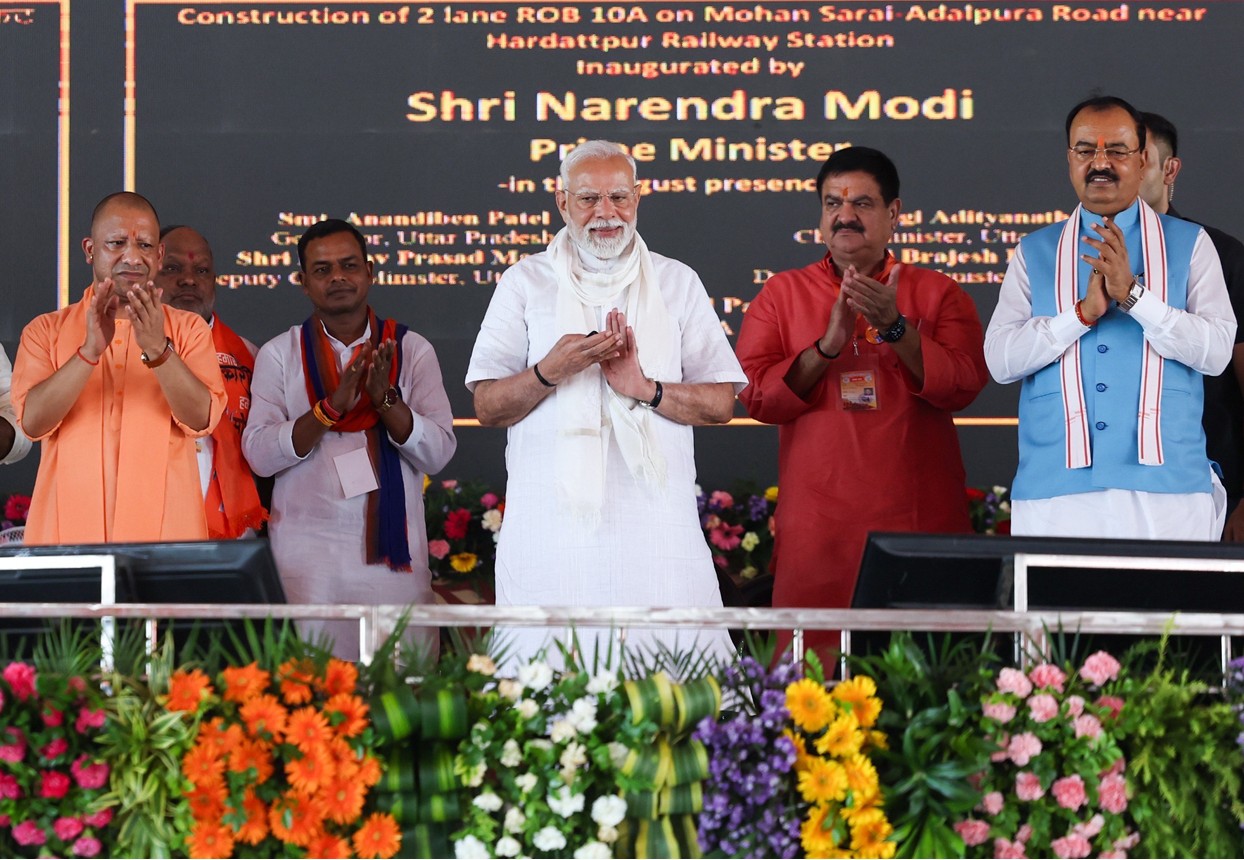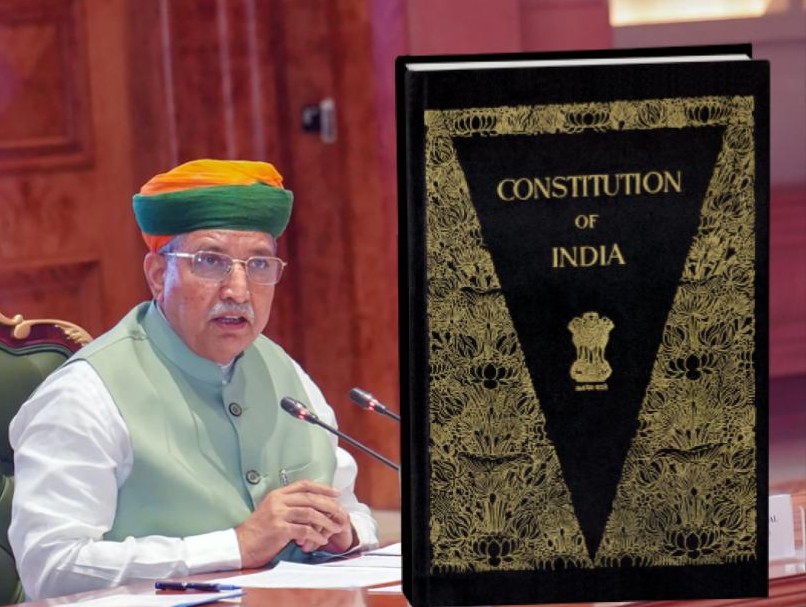Solar Storms Behind Ladakh’s 2024 Northern Lights Decoded by Indian Scientists

New Delhi, July 16: In a groundbreaking discovery, astronomers from the Indian Institute of Astrophysics (IIA) have decoded the science behind the spectacular auroras that lit up Ladakh’s night skies in May 2024. The celestial event was linked to an extraordinary solar storm, the most intense in two decades, driven by a rare sequence of six interacting Coronal Mass Ejections (CMEs)—massive eruptions of magnetized plasma from the Sun.
The Union Ministry of Science & Technology in press release highlights the findings of a study led by Dr Wageesh Mishra of IIA, which used advanced solar observations from NASA and ESA missions. The team modeled how these six CMEs—some triggered by solar flares and filament eruptions—interacted thermodynamically on their journey through space, culminating in the powerful geomagnetic storm on May 10, 2024.
“These solar clouds do not simply carry heat; they change their thermal behavior mid-flight,” explained Dr Mishra. Initially, CMEs emit heat but later shift to a state where they absorb and retain it. This unexpected transformation was observed using NASA’s Wind spacecraft near Earth, revealing complex magnetic structures known as “double flux ropes”—tangled magnetic fields that create unusual heating and cooling patterns between electrons and ions.
Soumyaranjan Khuntia, the study’s lead author and a doctoral scholar at IIA, said the team applied the Flux Rope Internal State (FRIS) model to track the CMEs’ thermal evolution. “Most CMEs initially released heat, but as they expanded farther from the Sun, they entered a quasi-stable heating phase,” Khuntia said. “The electrons showed cooling behavior, but ions largely remained in a heated state, indicating significant internal restructuring.”
Dr Mishra emphasized that this is the first study—both in India and globally—to comprehensively map the continuous thermal evolution of multiple interacting CMEs from the Sun to Earth.
The findings, published in the prestigious Astronomy and Astrophysics Journal, mark a significant step in space weather research. “Our goal is to determine whether thermal characteristics of CMEs can be used to predict geomagnetic disturbances,” said co-author Anjali Agarwal, also a doctoral researcher at IIA.
The team now looks forward to integrating data from India’s Aditya-L1 mission, especially from its VELC (Visible Emission Line Coronagraph) and ASPEX (Aditya Solar Wind Particle Experiment) instruments, to enable more precise forecasting of such solar storms.
As India strengthens its role in space weather research, this study not only sheds light on a mesmerizing natural phenomenon but also enhances our understanding of solar threats to satellite systems, power grids, and global communications.








